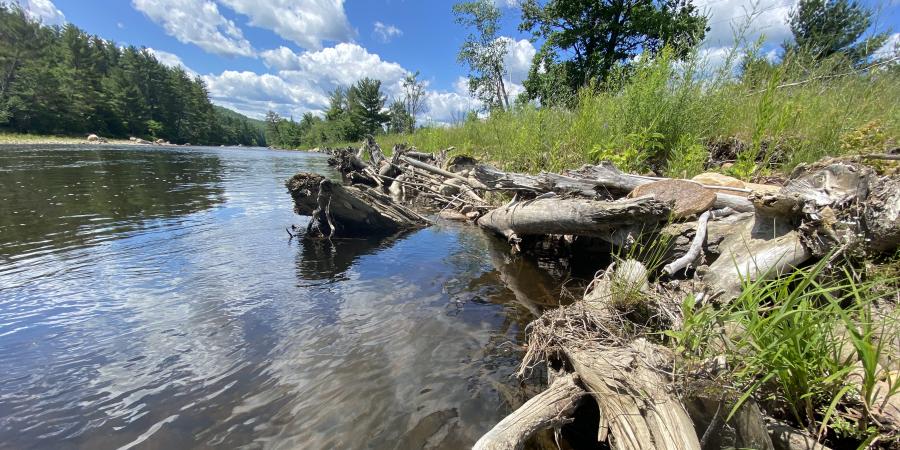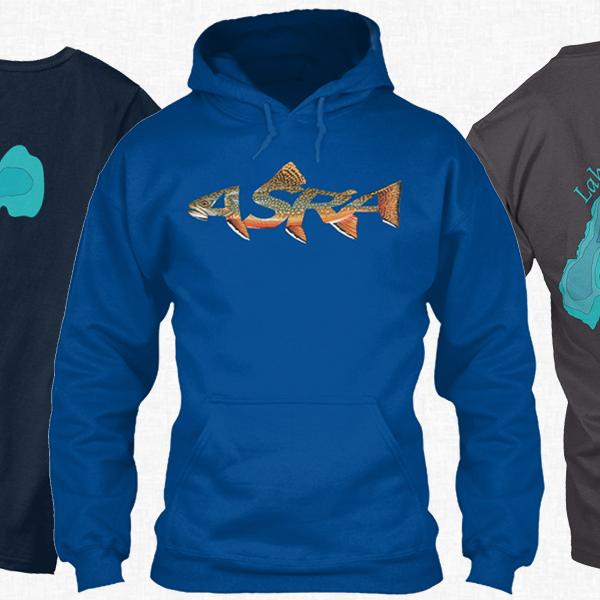When rivers flood their banks, the water that moves into the forest and wetlands is essential to these special ecosystems. Flood waters bring nutrients, plant debris, and soil-building sediments that nourish habitats. These in turn nourish wildlife, providing drinking water, edible plants, and abundant insect life. When floodwaters subside, plants and fungus sprout anew, creating a veritable salad bowl for land mammals like deer, rabbits, and rodents.
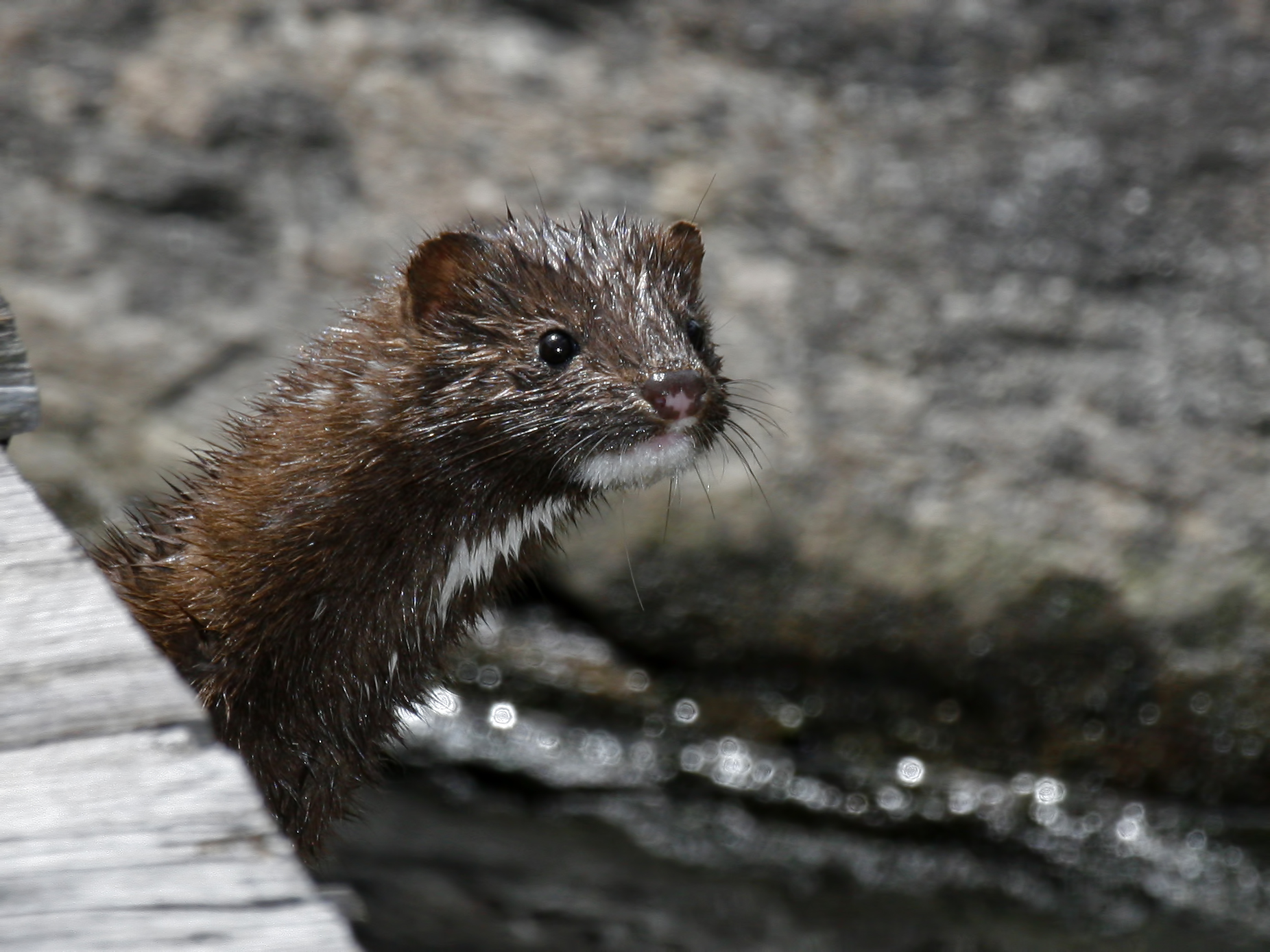
American mink peeking up from a dock (credit: Larry Master)
The floodplain forest offers habitat for a great diversity of wildlife. In another blog, we learned about the birds that inhabit and make use of riparian areas. There are also several mammals that make the river bank their home. One species in the weasel family, the American mink, is specially adapted to live in and around the water for its entire life. American mink are long and slender, with webbed feet, short brown fur, and a bushy, long, tapered tail. They often have a patch of white fur on their neck. Male minks are slightly larger than females, measuring 20 to 26 inches long from head to tip of the tail.
Support our work to monitor the health of our waterways in order to addess threats to bidiverse habitats and native species. Give with confidence today!
Mostly, they are nighttime hunters, but they are often seen during the day prowling on wetland or riverbank edges, inquisitively searching for prey among the tree roots, holes, and brush piles. Minks are the 'jack of all trades' in the weasel family. They share traits with many of the other weasel family members. For example, they have a musk like skunks, can climb trees like American martens, can swim like otters, and are long and thin like weasels. You may have seen their wandering tracks on muddy riverbanks this summer. Their specialty though is being flexible in their habits and needs and having excellent eyesight and hearing for hunting.
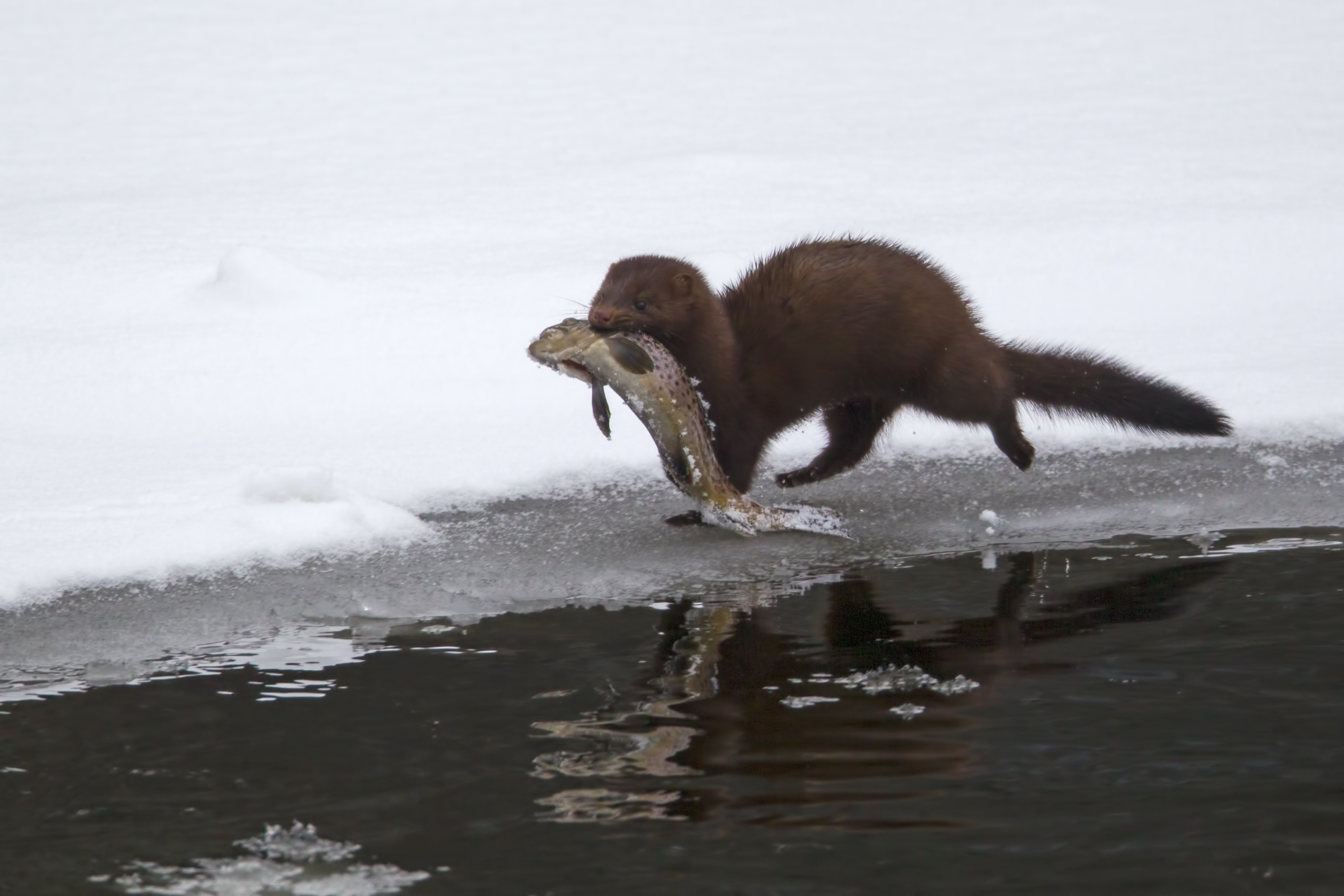
American mink proudly carries its brown trout dinner across the ice (credit: Larry Master)
Their diet varies to whatever prey is most abundant in each season. As long as water is present in their hunting grounds, they will eat anything. In summer, food items include frogs, mice, chipmunks, birds, snakes, salamanders, and fish. Mink set up a home territory of four or five miles but can range up to 25 square miles to gather prey. When it comes to hunting for fish, American mink have been seen driving small fish into the shallows until they are beached on shore. In winter, when migratory birds have gone and amphibians are mostly burrowed in the mud, they switch to eating fish and active winter rodents, including rabbits and muskrat. They help to improve the muskrat population by culling out weak, young, and very old animals.
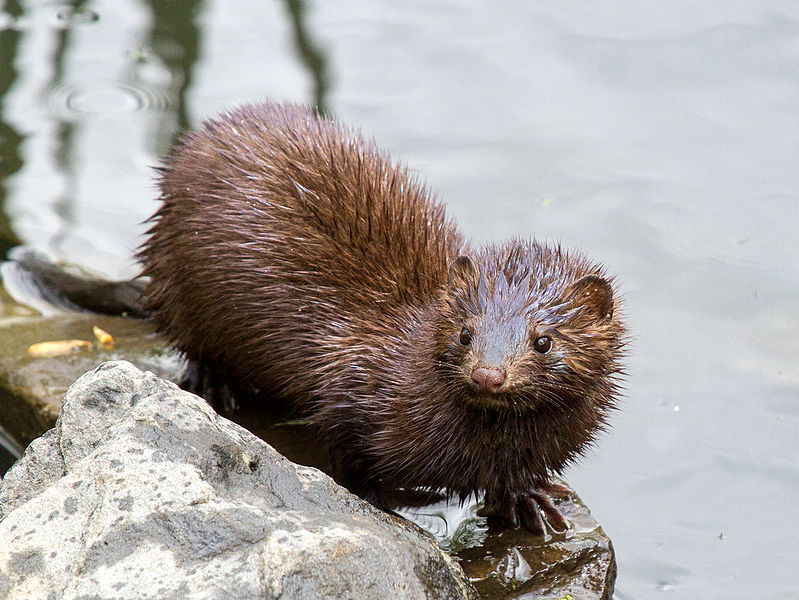
American mink on the side of a pond (credit: Chuck Homler)
American mink like to make their homes in the old abandoned dens of skunks, muskrat, or old ant hills. So long as its near water, they are not picky. They often create an additional set of twisting tunnels and may have up to eight entrances to their dens. They line the dens with grasses and feathers to stay warm and dry during periods of bad weather.
American mink and the other wildlife that depend on riparian areas and floodplain forests all need clean water, unpolluted by excess phosphorous, salt, or other chemicals; water with native fish, amphibian, and invertebrate communities. Healthy streams capable of accessing their floodplains, with rich buffers of native plants, and free of invasive species are essential habitats for mink and for many other native species. They also provide many benefits for human communities that live nearby. Working cooperatively with a wide array of organizational partners, often behind the scenes and far from the limelight, the Ausable River Association helps communities – human and wild – protect their streams and lakes. We dream big, plan carefully, and get good work done. Join Us.
Story written by Carrianne Pershyn, Biodiversity Research Manager. Sign-up for our e-newsletter to get weekly updates on the latest stories from the Ausable River Association.
